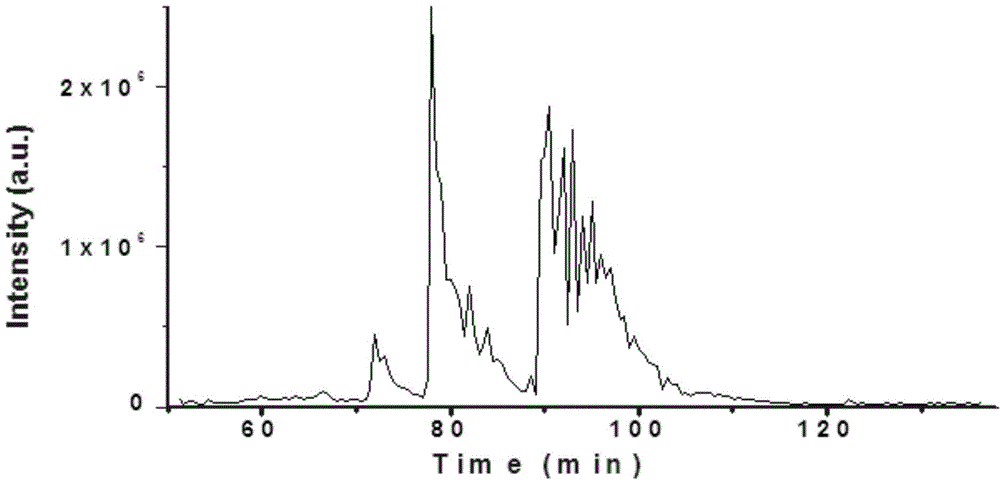Protein post-translational modification positioning method
A post-translational modification and protein technology, applied in the field of proteomics and bioinformatics, can solve problems such as data confusion, protein variant accuracy to be discussed, missing information, etc., to achieve precise positioning improvement, efficient analysis and accurate structure identification Effect
- Summary
- Abstract
- Description
- Claims
- Application Information
AI Technical Summary
Problems solved by technology
Method used
Image
Examples
Embodiment
[0033] A method for protein post-translational modification localization, comprising the following steps:
[0034] (1) According to the sequence and modification information in the standard protein sequence database, generate the theoretical primary mass spectrometry database and secondary mass spectrometry database of all corresponding protein variants;
[0035] (2) compare the experimental primary mass spectrum with the theoretical primary mass spectrum, and find all candidate protein variants that match the primary mass spectrum;
[0036](3) Matching the experimental secondary mass spectrometry data with the theoretical secondary mass spectrometry data of all candidate protein variants to obtain the matching fragment ion information of each candidate protein variant;
[0037] (4) Select a candidate protein variant, if it does not contain post-translational modification, then no post-translational modification localization scoring; if it contains post-translational modificat...
PUM
 Login to View More
Login to View More Abstract
Description
Claims
Application Information
 Login to View More
Login to View More - R&D
- Intellectual Property
- Life Sciences
- Materials
- Tech Scout
- Unparalleled Data Quality
- Higher Quality Content
- 60% Fewer Hallucinations
Browse by: Latest US Patents, China's latest patents, Technical Efficacy Thesaurus, Application Domain, Technology Topic, Popular Technical Reports.
© 2025 PatSnap. All rights reserved.Legal|Privacy policy|Modern Slavery Act Transparency Statement|Sitemap|About US| Contact US: help@patsnap.com

